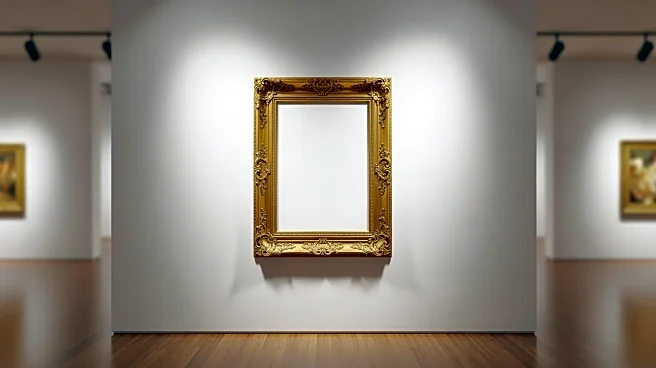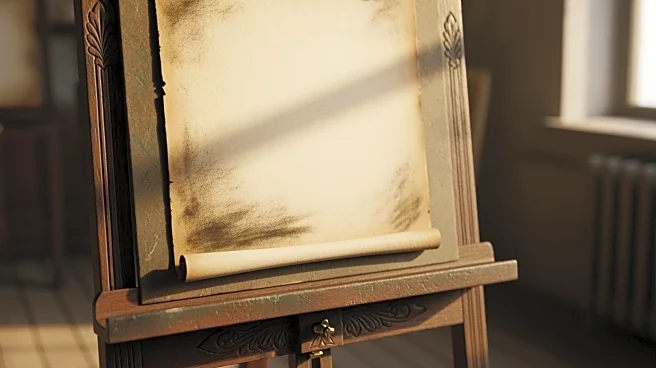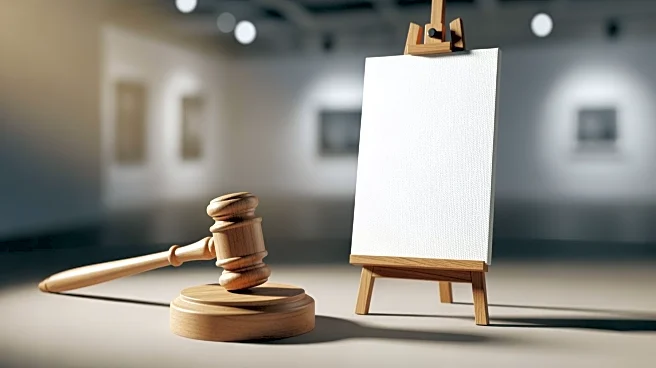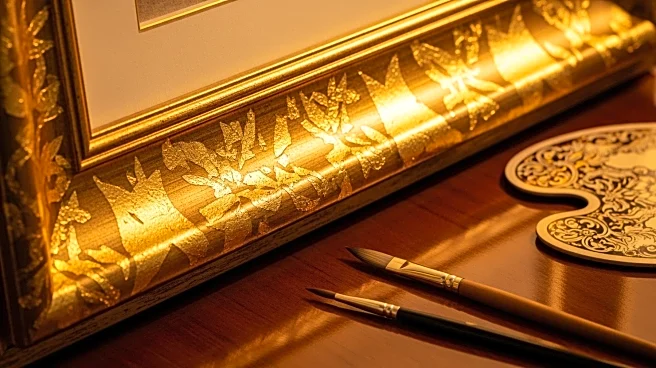What's Happening?
New York City's art auctions are anticipated to generate $1.4 billion in revenue next week. A significant highlight of the auctions is a rare masterpiece by Austrian artist Gustav Klimt, which is expected to fetch $150 million. This painting is part of the collection
of the late Leonard Lauder, a cosmetics magnate, and includes other notable works by artists such as Picasso, Van Gogh, and Matisse. The auctions are set to attract significant attention from art collectors and investors worldwide, as reported by NBC News.
Why It's Important?
The projected revenue from these art auctions underscores the robust demand for high-value art pieces, reflecting the strength of the art market despite broader economic uncertainties. The inclusion of works from renowned artists like Klimt, Picasso, and Van Gogh highlights the enduring appeal and investment potential of classic art. This event could influence art market trends, potentially increasing the valuation of similar artworks and impacting the strategies of art investors and collectors. The auctions also contribute to New York City's cultural and economic landscape, attracting international attention and investment.
What's Next?
Following the auctions, the art market may experience shifts in valuation and demand, particularly for works by the featured artists. Collectors and investors will likely monitor the outcomes closely to inform future purchasing decisions. The success of these auctions could lead to increased interest in upcoming art sales and exhibitions, potentially influencing the strategies of auction houses and galleries. Additionally, the results may impact the legacy and valuation of the Lauder collection, setting benchmarks for future sales of similar collections.
Beyond the Headlines
The auctions highlight the intersection of art and commerce, raising questions about the commodification of cultural heritage. The high valuations of these artworks may spark discussions on the accessibility of art and the role of private collections in preserving cultural history. Furthermore, the event may prompt ethical considerations regarding the provenance and ownership of artworks, especially those with complex historical backgrounds.














